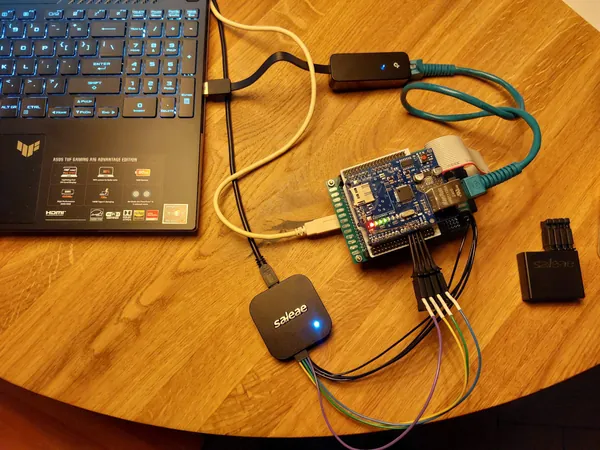
Unearthing the Ancient Origins of Focaccia: A Culinary Adventure 9,000 Years in the Making!
2024-11-25
Author: Emma
Recent research conducted by an international team of experts from the Autonomous University of Barcelona (UAB), La Sapienza University in Rome, and others has revealed astonishing details about the origins of focaccia, a beloved Italian bread. The study indicates that this staple, along with other types of bread, was being baked in the Fertile Crescent region between 7000 and 5000 BCE, providing insight into a rich culinary tradition that dates back nearly 9,000 years.
Published in the journal *Scientific Reports*, the findings are rooted in the analysis of ancient ceramic artifacts known as husking trays. These trays, crafted from coarse clay and featuring unique rough impressions on their surfaces, served as specialized baking containers. Unlike ordinary trays, these had low walls and an oval base, designed to accommodate the baking of large loaves of bread. It’s theorized that these loaves, which weighed around 3 kg, were intended for communal gatherings, reflecting a culture that thrived on social connections and shared meals.
The research team not only focused on the structural aspects of the husking trays but also on their culinary roles. By conducting various analyses on ceramic fragments dating back to between 6400 and 5900 BCE from archaeological sites in Syria and Turkey, researchers were able to ascertain the specific uses of these artifacts. They concluded that early agricultural communities used these trays to prepare bread and focaccia, seasoning them with ingredients like animal fat and vegetable oil.
Analyses of phytoliths—tiny silica residues from plants—uncovered the presence of domesticated cereals, notably wheat and barley, in these ancient doughs. This suggests that these early bakers were not only skilled in cultivating grains but also in integrating various flavors into their baking. Furthermore, organic residue analyses indicated that the trays reached high temperatures suitable for baking, confirming their effectiveness in creating delicious bread.
Sergio Taranto, the study's lead author, remarked on the significance of these findings: “Our research offers a vivid picture of communities utilizing their cultivated cereals to prepare breads and focaccias enriched with diverse ingredients for communal consumption.” This assertion highlights the social aspect of food preparation and the integral role bread played in Neolithic life.
This revelation about focaccia’s ancient roots not only enriches our understanding of culinary history but also illuminates a fascinating intersection of agriculture, culture, and community in the Neolithic era. As we continue to uncover the past, one loaf at a time, the story of focaccia serves as a delicious link between civilizations, echoing through time and taste.
With this knowledge, the next time you enjoy a slice of focaccia, remember—you're indulging in a tradition that has nourished communities for thousands of years!









 Brasil (PT)
Brasil (PT)
 Canada (EN)
Canada (EN)
 Chile (ES)
Chile (ES)
 España (ES)
España (ES)
 France (FR)
France (FR)
 Hong Kong (EN)
Hong Kong (EN)
 Italia (IT)
Italia (IT)
 日本 (JA)
日本 (JA)
 Magyarország (HU)
Magyarország (HU)
 Norge (NO)
Norge (NO)
 Polska (PL)
Polska (PL)
 Schweiz (DE)
Schweiz (DE)
 Singapore (EN)
Singapore (EN)
 Sverige (SV)
Sverige (SV)
 Suomi (FI)
Suomi (FI)
 Türkiye (TR)
Türkiye (TR)